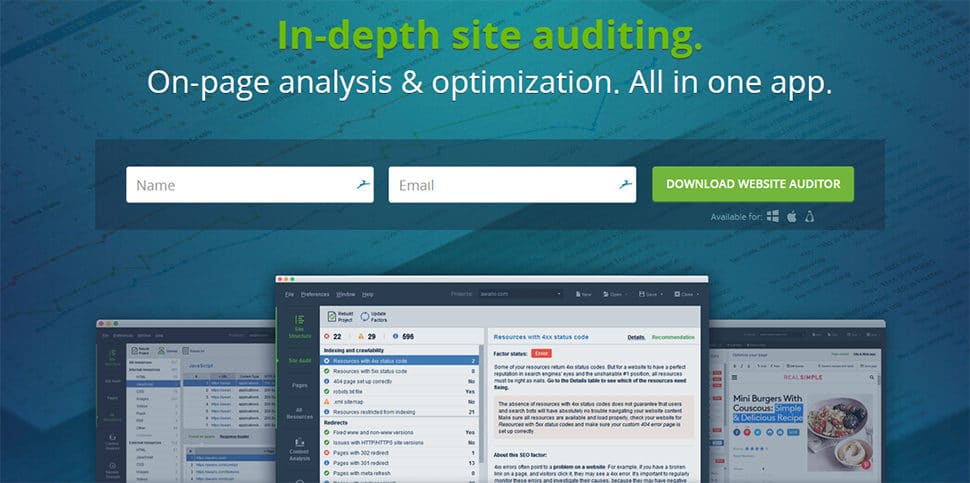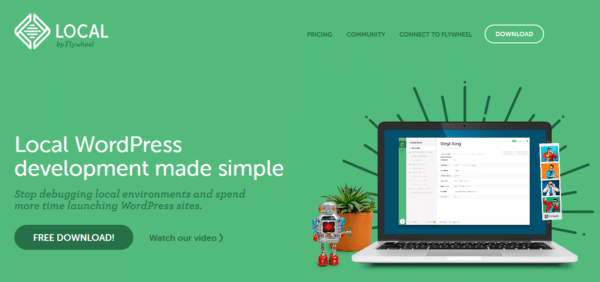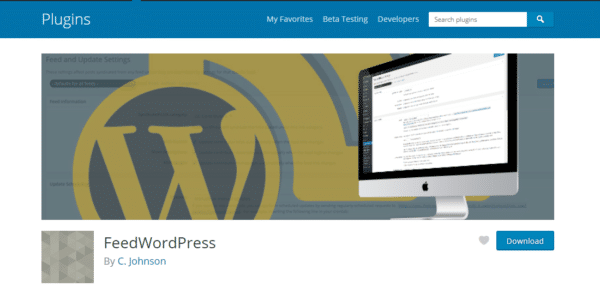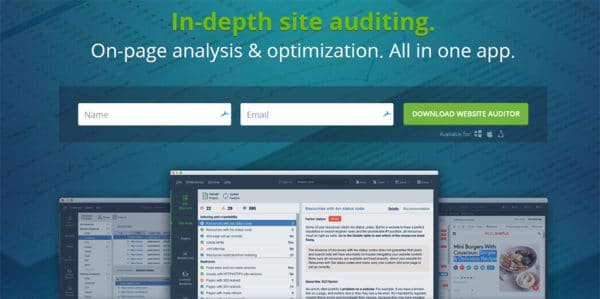We discussed a number of different things in our open Q & A at the November 2017 East Bay WordPress Meetup.
Local Development Environments
Adam wanted to know whether Flywheel Local was easy enough to install and use that people would be able to set it up during a class. Sallie and Laura have both used Local on Windows. It’s easy to install and set up, since it’s a single .exe file, and it’s easy to create new sites with your chosen versions of PHP and MySQL, on either nginx or Apache. But Local tends to be slow and is occasionally buggy, and the documentation is very sketchy. It creates a new VirtualBox for each site and uses Adminer instead of phpMyAdmin. It does have a slicker interface than other Windows options.
Sallie and Laura also both use Laragon for development on Windows. Laragon is geekier to set up (you have to download your own PHP and MySQL packages) but ironically easier to customize, e.g. installing phpMyAdmin instead of the truly awful HeidiSQL. It also runs much faster than Local, and the tutorials available on the forum are clearer.
Displaying Posts from One WP Site on Another
While the WordPress REST API can certainly be used to show posts from one WordPress site on another one, you might prefer to use RSS to pull in posts. Sallie has been using Feed WordPress to import posts from the WP-Tonic podcast to her WP Fangirl site so she can cross-post the episodes that she appears in. Just provide a valid RSS feed and tell the plugin how often to check for new posts, whether to overwrite imported posts, and whether to publish imported posts or hold them for review.
Sallie’s experience is that the posts definitely require some editing, but the plugin includes for free features that most other RSS plugins (see 5 Best RSS Feed Plugins for WordPress on CodeinWP) charge for.
If you really want to go all-out, you can check out the WP Scraper Pro and its companion plugin WP Live Scraper. But please, use these tools for good. Include attribution when cross-linking.
Replacement for DYNO Mapper
Tara asked about a replacement for DYNO Mapper, a visual sitemap, content audit, and SEO tool. It has an impressive array of features, but it’s $49/month ($40/month if billed annually) for the most basic plan.
Note that if you’re only looking for an XML sitemap to submit to Google Search Console, Yoast SEO generates a perfectly good one, as does the lighter weight Google XML Sitemaps. But when you need to generate a site inventory to help you conduct a content audit or build your 301 redirects, you’re probably going to want something more sophisticated.
SEMrush published a handy list of 10 Awesome Visual, Proven Sitemap Generator Tools back in 2015. Most of them are still around. 33 Amazing Content Audit Tools for Easy Content Analysis, published on the DYNO Mapper blog, is more recent. (Naturally it lists DYNO Mapper first.)
While many of these tools have a free option, you’re probably going to have to pay if you want to use them on more than one project, export results, or make use of other advanced features, and the prices are in line with DYNO Mapper’s, though SE Ranking has a $7/month personal plan and Content Insight’s Content Analysis Tool offers block plans: $25 gets you up to 5,000 pages, and you only have to pay more when you use them up.
I’d used and liked the free trial of Screaming Frog SEO Spider, which lets you audit up to 500 pages and export CSV files. At £149.00 per year, the paid plan is comparably affordable, even given the exchange rate. I was seriously considering buying it when next my cashflow permitted, but I got an email from AppSumo offering a $39 lifetime license to WebSite Auditor Enterprise. They have an upper limit on the number of these licenses that are available, but it still seems possible to buy it for this price as I write this on 11/21/17.
I bought a copy and was quite positively impressed. I ran an audit on the same site I’d just done the Screaming Frog audit on, to compare the two. I’m still trying to figure out how to combine all the site structure results into one CSV file, but I would definitely recommend it for anyone who has to do content audits and create redirects when migrating or rebuilding a site, as well as for SEO optimization purposes.

Site Audit Summary for a site I’m rebuilding in WordPress.
There is actually a free edition of WebSite Auditor, but (naturally) it lacks many of the paid features. If you can’t get the $39 deal, try the free version and see whether it does enough for you.
Free Quick SEO Reports
The following tools generate free instant reports about any URL you enter. The actual information provided–the factors they rank you on–are pretty consistent across tools, though some of the reports are snazzier-looking than others. If you just need to demonstrate to a client or prospect that their site needs some help in the SEO department, or to check your own site for major problems, these can be helpful.
- Seoptimer
- SEO Site Checkup
- WooRank (no relation to WooThemes/WooCommerce)
- Lipperhey
- Varvy SEO Tool
- Found SEO Audit Tool
- Dareboost
- Nibbler
Advanced WordPress Meetup
Sonja London is planning to put together some Advanced WordPress meetup events (dates, times, and frequency TBD). If you’re interested, please contact her: 408.256.0376 or sonja@zosi.me.
Now Scheduling 2018
If you’d like to present at this meetup next year, email me with your title, description, and bio, as well as the month you’d prefer (January and March are definitely taken).
Also, we’re looking for people who want to give a 10-minute demo of something cool they built in 2017 at our December Meetup. Sign up here.










Leave a Reply